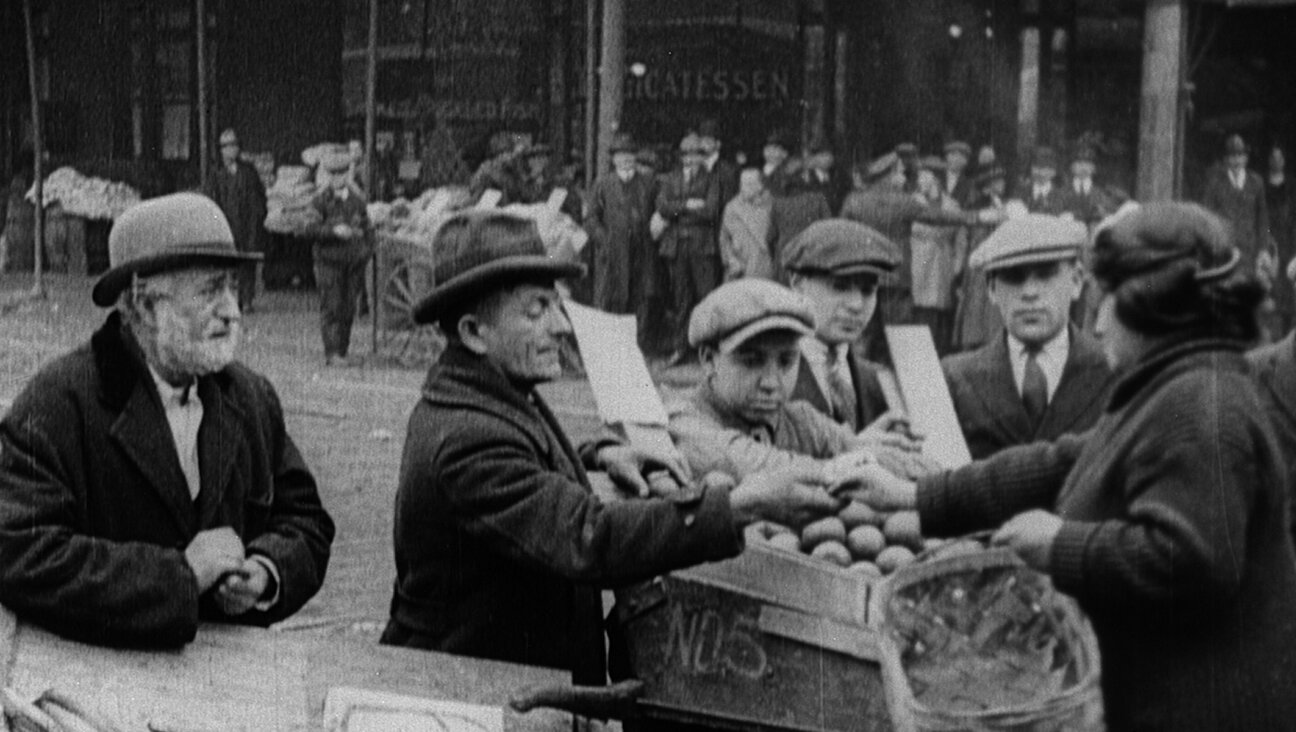Intel Mastermind and Silicon Valley Statesman Andy Grove Dead at 79

Image by Getty
SAN FRANCISCO – Andy Grove, the Silicon Valley elder statesman who made Intel into the world’s top chipmaker and helped usher in the personal computer age, died on Tuesday at age 79, Intel said.
The company did not describe the circumstances of his death but Grove, who endured the Nazi occupation of Hungary during World War Two, living under a fake name, and came to the United States to escape the chaos of Soviet rule, had suffered from Parkinson’s.
Grove was Intel’s first hire after it was founded in 1968 and became the practical-minded member of a triumvirate that eventually led “Intel Inside” processors to be used in more than 80 percent of the world’s personal computers.
With his motto “only the paranoid survive,” which became the title of his best-selling management book, Grove championed an innovative environment within Intel that became a blueprint for successful California startups.
Grove, who was named man of the year by Time magazine in 1997, encouraged disagreement and insisted employees be vigilant of disruptions in industry and technology that could be major dangers – or opportunities – for Intel. In doing so, he could be mercurial and demanding with employees who he thought were not doing enough and in 1981 required the staff to work two extra hours a day with no extra pay.
Grove’s overhaul of Intel’s business – switching from digital memory to processors – was an early example of his obsession with detecting major shifts in business and technology and staying flexible enough to move quickly and make the most of them.
“It’s not that you shouldn’t plan but you should not regard your plans to be anything more than a baseline model of what might happen,” Grove said.
While Intel founders Robert Noyce and Gordon Moore proposed much of the chip technology that helped created the semiconductor industry, Grove was the stickler for detail who turned their ideas into actual products. He was responsible for driving growth in Intel’s profits and stock price through the 1980s and 1990s.
NAZIS, COMMUNISTS
Grove, who was Jewish, was born Andras Grof in Budapest in 1936. Nazi Germany occupied Hungary in his youth, and after the Soviets followed, Grove sneaked into Austria in 1956 and then emigrated to the United States, where he learned English and earned a Ph.D. in chemical engineering from the University of California at Berkeley.
Grove went to work in 1963 at Fairchild Semiconductor, where he researched technology that would eventually be used to make microchips. At Fairchild, he also met chip visionaries Noyce and Moore, who left to found Intel in 1968. Grove quickly joined them, running research and manufacturing.
He became Intel’s president in 1979, CEO in 1987 and chairman and CEO in 1997. He gave up his CEO title in 1998 and stayed on as chairman until 2004.
In its early years, Intel focused on making DRAM memory chips. When Japanese competition soared, Grove made the fateful decision to reinvent Intel as a manufacturer of microprocessors – the brains at the center of personal computers and other electronic devices.
As the personal computer industry took off in the 1980s, Intel supplied its processors to IBM and then to Compaq and other manufacturers making “IBM clone” PCs.
Intel’s chips, along with Microsoft’s Windows operating system, quickly became an industry standard in the exploding PC industry, with Grove funneling profits into research and development to create faster and faster processors. Under his stewardship, the Pentium brand and “Intel Inside” logo became widely recognized by consumers.
Intel remains one of the world’s leading semiconductor companies but the PC chipmaker is wrestling to adapt to trends toward smaller gadgets like smartphones and tablets.
Grove also was a champion of keeping manufacturing within the United States, arguing outsourcing the manufacturing of electronics products – like batteries or televisions – meant U.S. companies missed out on gaining experience necessary to make technology breakthroughs.
Intel still makes most of its chips in U.S. plants.
During his time at Intel in the 1990s Grove was treated for prostate cancer and later wrote an influential cover story in Fortune magazine, criticizing the medical establishment’s treatment of the disease as inefficient compared to scientific standards applied in semiconductor research.
In later life, Grove donated tens of millions of dollars for research on Parkinson’s disease, a condition he suffered from. He also regularly criticized government and medical researchers for making slow and inefficient progress beating that disease compared to accomplishments made in the chip industry.
Grove and his wife, Eva, who married a year after meeting while working at a resort in New Hampshire in 1957, had two daughters. — Reuters
A message from our Publisher & CEO Rachel Fishman Feddersen

I hope you appreciated this article. Before you go, I’d like to ask you to please support the Forward’s award-winning, nonprofit journalism so that we can be prepared for whatever news 2025 brings.
At a time when other newsrooms are closing or cutting back, the Forward has removed its paywall and invested additional resources to report on the ground from Israel and around the U.S. on the impact of the war, rising antisemitism and polarized discourse.
Readers like you make it all possible. Support our work by becoming a Forward Member and connect with our journalism and your community.
— Rachel Fishman Feddersen, Publisher and CEO























